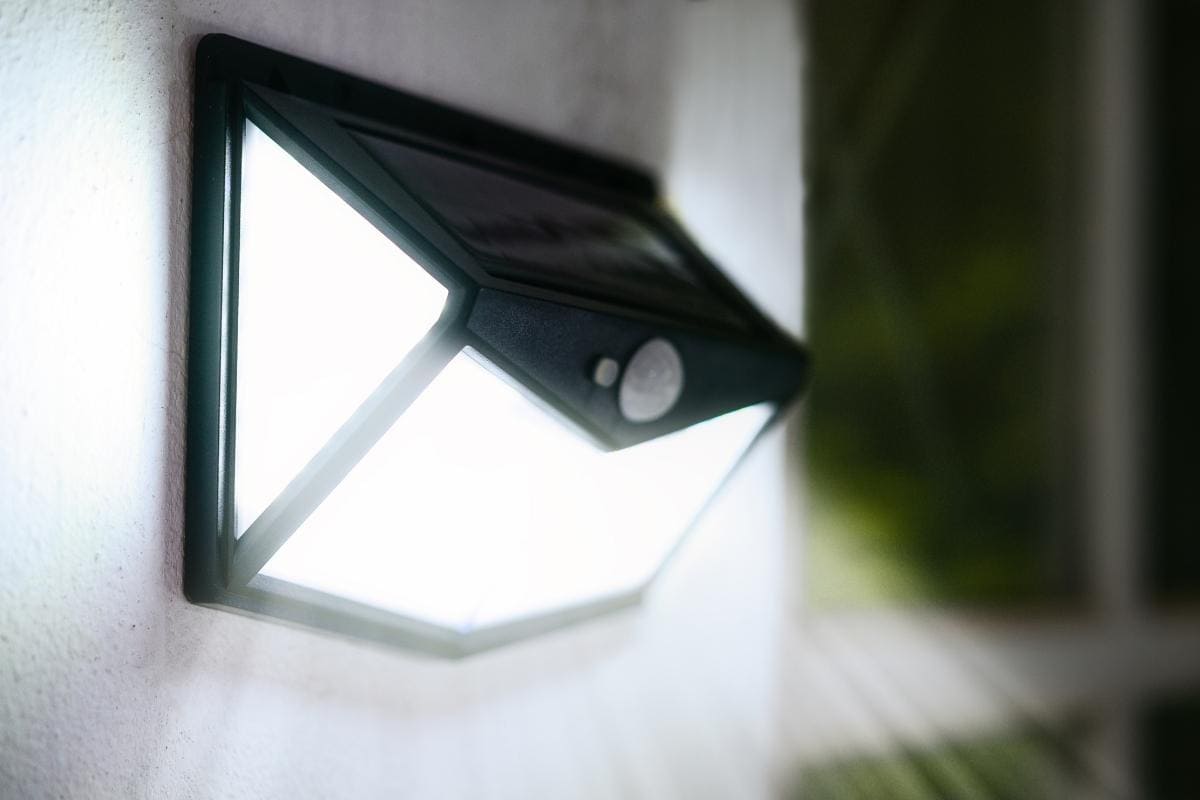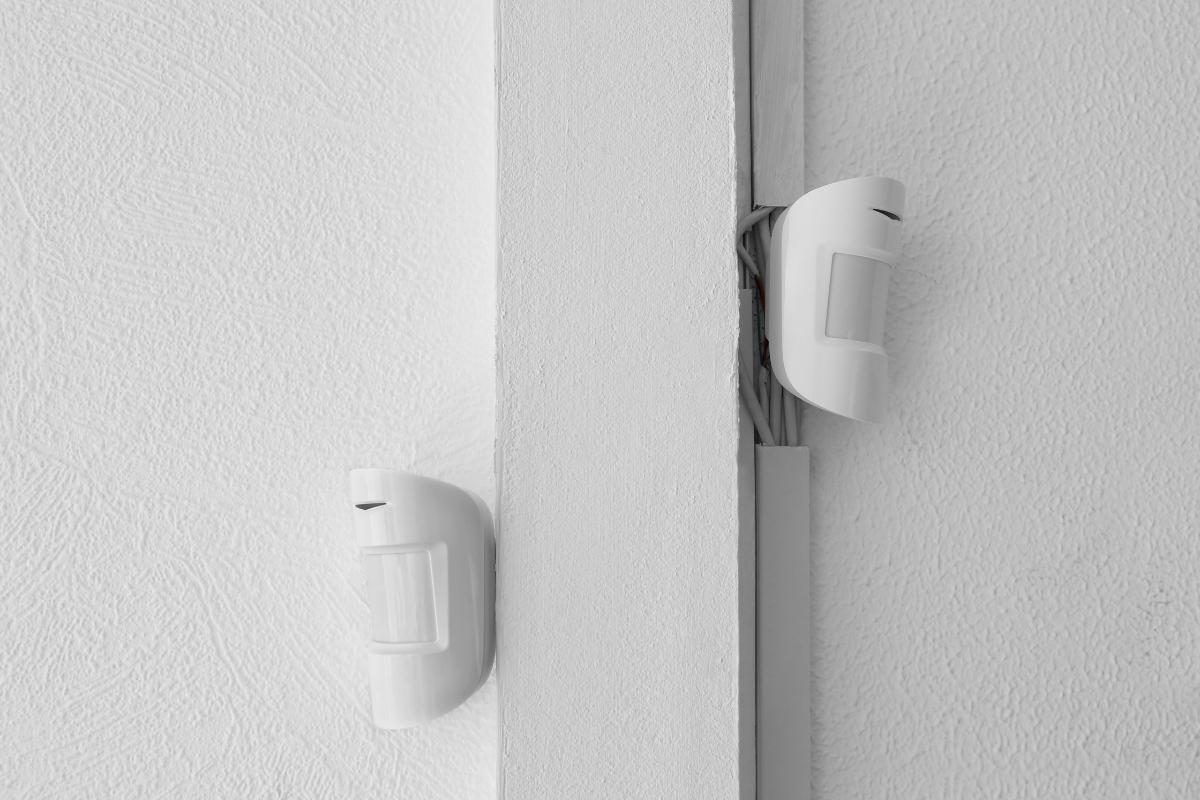Motion sensor lights are a very beneficial and cost-effective way to add extra convenience, energy-saving, security, and safety to our homes. They can be used in any part of the house, whether it’s indoors or outdoors, as decoration lights or security lights.
These lights turn on instantly when the motion sensor detects people nearby, so we don’t have to touch a switch. Therefore the sensitivity of the motion sensor is critical that it can directly affect the overall performance and accuracy of the lights.
Many people may run into the problem of having their motion light sensor being too sensitive. Users want their motion sensor light to be as accurate as it can, and it should only be able to detect when someone or something is actually moving around your property. This is where the problem could come up because if you are using a motion sensor that is too sensitive, the light will activate very frequently during the day, even when there are no valid visual motions or real threats in the detection field. In this way, it will work more like a regular dusk to dawn light rather than a real motion-activated light with the primary purpose of energy-saving and security detecting.
How to solve the problem when your motion sensor light is too sensitive?
Set Low Sensitivity
A quick fix and also the first thing we need to try is to set the motion sensor light’s sensitivity setting to low after installation. This is also the most effective and direct solution when your light is too sensitive.
Most of the time, you will find a dial or toggle below your motion sensor for adjusting all kinds of settings, including time delay, sensitivity, and working mode. The sensitivity setting might be called “sensitivity” or “SENS” and sometimes it is also called the “distance” or “coverage,” which is basically the same thing because the sensitivity also controls how far the motion sensor is able to detect. You can set a low sensitivity and see how your motion sensor light may perform afterward.
Readjust the Sensor
Think about the location of your motion lights and the range of vision within the detection coverage. Is there a street nearby that could be visible within the peripheral vision of your motion sensor light? If so, your motion sensor might have a high chance of capturing the motion signals from the street nearby and activating the light when there is no one in the actual detecting zone.
Make sure the motion sensor is not affected by all possible motion signal sources nearby and re-adjust the position of your sensor to let it only detect the zone in demand.
You may ultimately have to relocate the sensor for some applications. Those lights with remote motion sensors are available for placing the sensor away from the actual lighting fixture. This may be an answer for long walks or driveways and can be used to illuminate the drive as you enter and control lights all the way to your door.
Tape the Sensor
A good tip for limiting unwanted motion being picked up is to use electrical tape or some other type of tape and cover the sides of the sensor so the area to be avoided is removed from its field of vision.
Blocking partial of the sensor can be good if there’s a public sidewalk near your home, which should be avoided from setting off the light when people walk by.
Another drastic trick is to use a can of black spray paint and fog the sensor. Use a short blast far in front of the light until it’s barely visible on the lens. Try the light out and add another dusting if it’s still too sensitive. This is a trial and error method and may not work for all types of motion sensor lights.
Clean the Sensor
Sometimes this issue can be resolved with nothing more than a good cleaning to the motion sensor. Take a clean cotton cloth and use acetone to wipe down the lens of the sensor. While you’re at it, you can clean the surface of the light as well.
Though the sensor’s dirty lens is usually the cause of low sensitivity rather than high sensitivity, manufacturers would utilize various types of motion sensors. We wouldn’t know whether a dirty lens could cause the sensor to be too sensitive, but it’s easy to do and worth a try.
Reset the Sensor
If your lights are located in an unprotected exterior location, then it’s a possibility that water has gotten into the unit. It’s recommended that you replace the light with a new one, instead of trying to repair it. There is a potential for fire risk, personal injury or property damage that could be caused by a defective or damaged motion sensor light.
Some of these lights are made inexpensively with cheap electrical components. Sometimes an electrical surge can be the culprit of a faulty sensor. Too much power can overload the tiny circuit used with motion sensor lights. If this is the case, fifty percent of the time, it will pop the reset, and the rest of the time it can burn the connections and cause the sensor to have false readings.
Resetting the light will sometimes help to get your motion sensor back to the default settings. There is usually a test or reset button somewhere on the bottom or back of the light, or you can cut off the electricity to the light for more than 30 seconds when there is no reset button.
Reset your motion sensor lights back to default, and then try out your lights again. If your lights are not coming on, make sure to check any breakers at the power source as well.
Conclusion
If all else fails with your motion sensor lights being too sensitive, you’ll need to replace your outdoor motion sensor lights. Fortunately, they are relatively inexpensive and well worth the comfort they add to your life. Security safety and a good night’s sleep don’t usually come in this cheap of a package.









